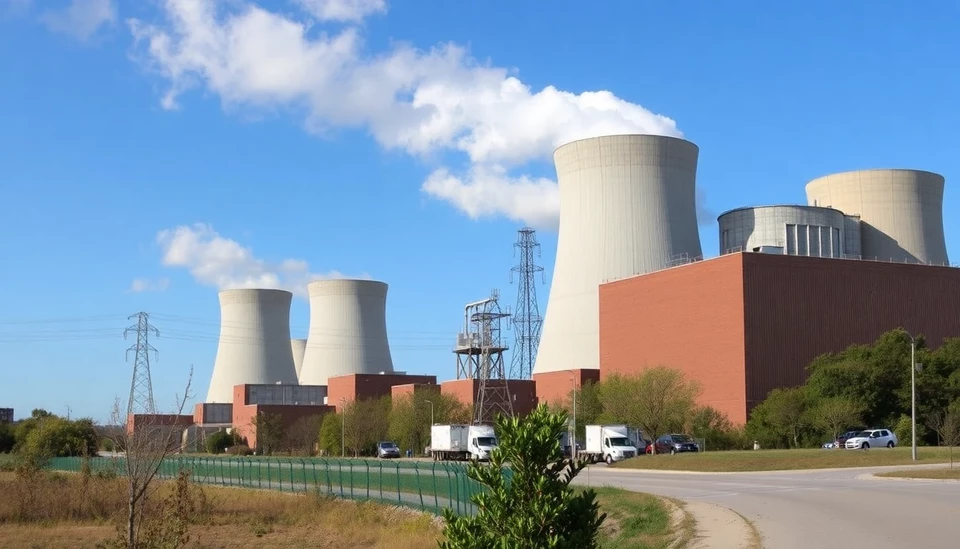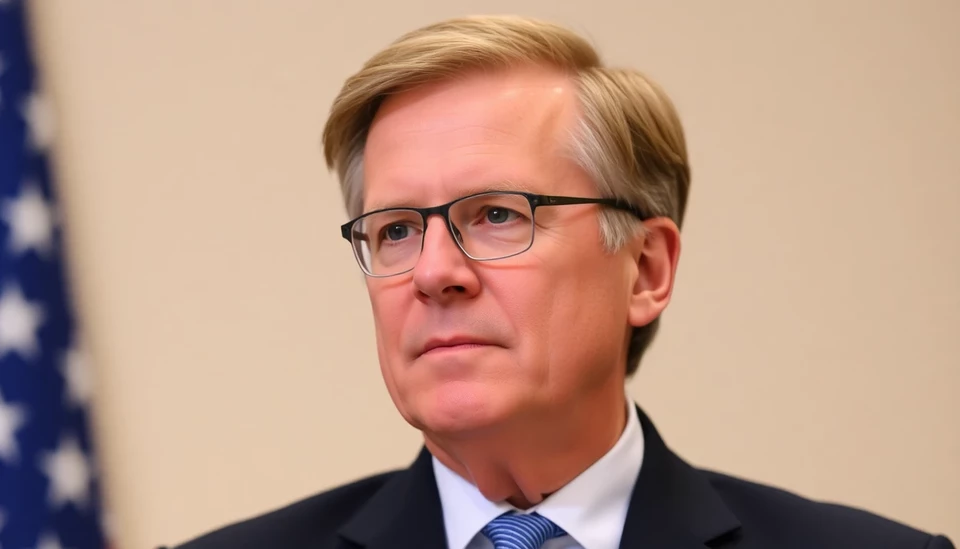
In an unexpected twist in the ongoing energy discourse, U.S. Energy Secretary Jennifer Granholm has recently voiced strong opposition to the closure of coal-fired power plants across the nation. This statement comes at a time of increasing energy demand, where reliability and affordability are paramount. Granholm's comments have ignited a debate about the role of traditional energy sources as the nation strives for a balance between green energy initiatives and the practicalities of energy supply.
During a press briefing, Granholm articulated her concerns regarding the accelerated pace at which coal plants have been shuttered, highlighting that this could lead to significant energy shortages in certain regions. "As we transition into a cleaner energy future, we must ensure that we do not sacrifice reliability," she stated, emphasizing the importance of coal in maintaining consistent energy supply during peak consumption periods.
The backdrop to Granholm's remarks is a noteworthy spike in energy demand, driven in part by extreme weather conditions and the continued recovery from the pandemic. This increased demand raises questions regarding the ability of renewable sources, which are still not fully capable of addressing every peak load scenario, to adequately fill the gap left by retiring coal plants. Granholm has pointed out that, while the renewable energy sector is blossoming, it requires time and investment to ramp up capacity effectively.
Industry experts are now divided on the best path forward. Advocates for renewable energy often argue that the quick phase-out of coal is essential for achieving carbon neutrality goals and combating climate change. However, detractors warn that quick transitions could risk energy reliability, particularly in regions heavily reliant on coal for base load power. This tension reflects a broader struggle within the U.S. energy policy framework, where immediate climate goals often clash with the gradual nature of energy infrastructure change.
Granholm's call to halt coal plant closures has resonated with some state officials and energy companies facing the practical realities of energy delivery. "Our focus should be on creating a balanced energy portfolio that includes coal alongside renewable energy sources," suggested one executive from a major utility company. This sentiment illustrates a pragmatic approach to energy management—one that prioritizes system stability as much as it does environmental sustainability.
The response from environmental groups has been swift and critical, underscoring their advocacy for a faster transition toward renewable energy and newer technologies. They argue that prolonging the life of coal plants undermines efforts toward reducing greenhouse gas emissions and could result in long-term environmental consequences. This ongoing discourse highlights the complexities of energy policy where the stakes are high and the challenges multifaceted.
As policymakers navigate these treacherous waters, Granholm's assertions remind all involved that the energy landscape is in a state of flux. Striking a delicate balance between maintaining energy security while investing in a greener future will require collaboration among government entities, industries, and the public.
In conclusion, the current landscape of U.S. energy policy is at a crucial crossroads where the remnants of traditional energy dependability collide with ambitious climate goals. The coming years will likely see heated discussions and critical decision-making as stakeholders assess how best to position the country for a sustainable energy future.
<#>EnergyTransition #CoalEnergy #SustainableFuture #JenniferGranholm #USelection #CleanEnergy #ClimateChange #EnergyPolicy #PowerSupply #RenewableEnergy
Author: Sophie Bennett




